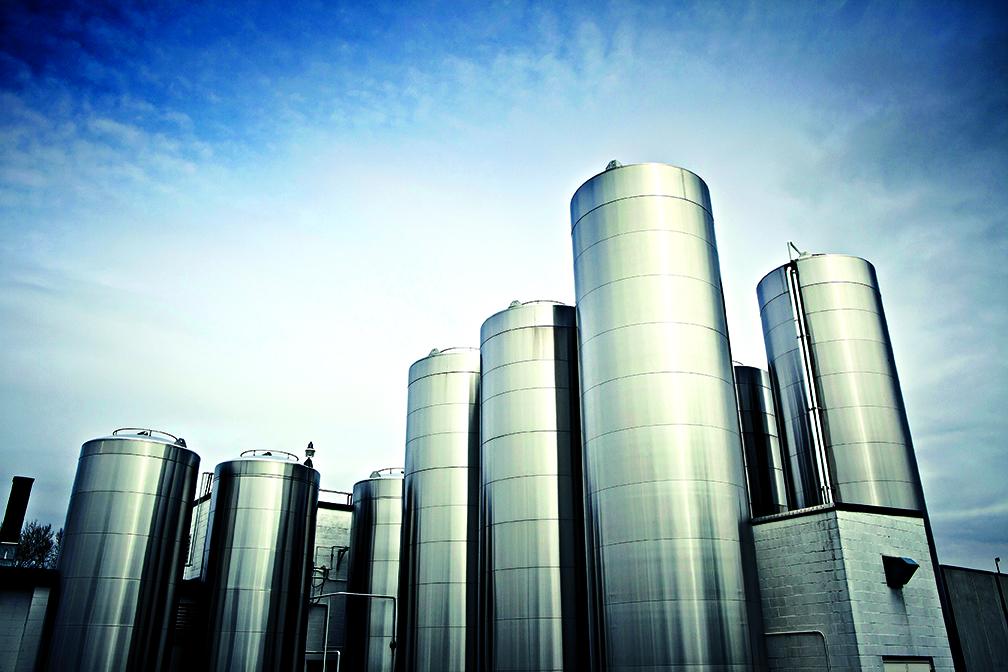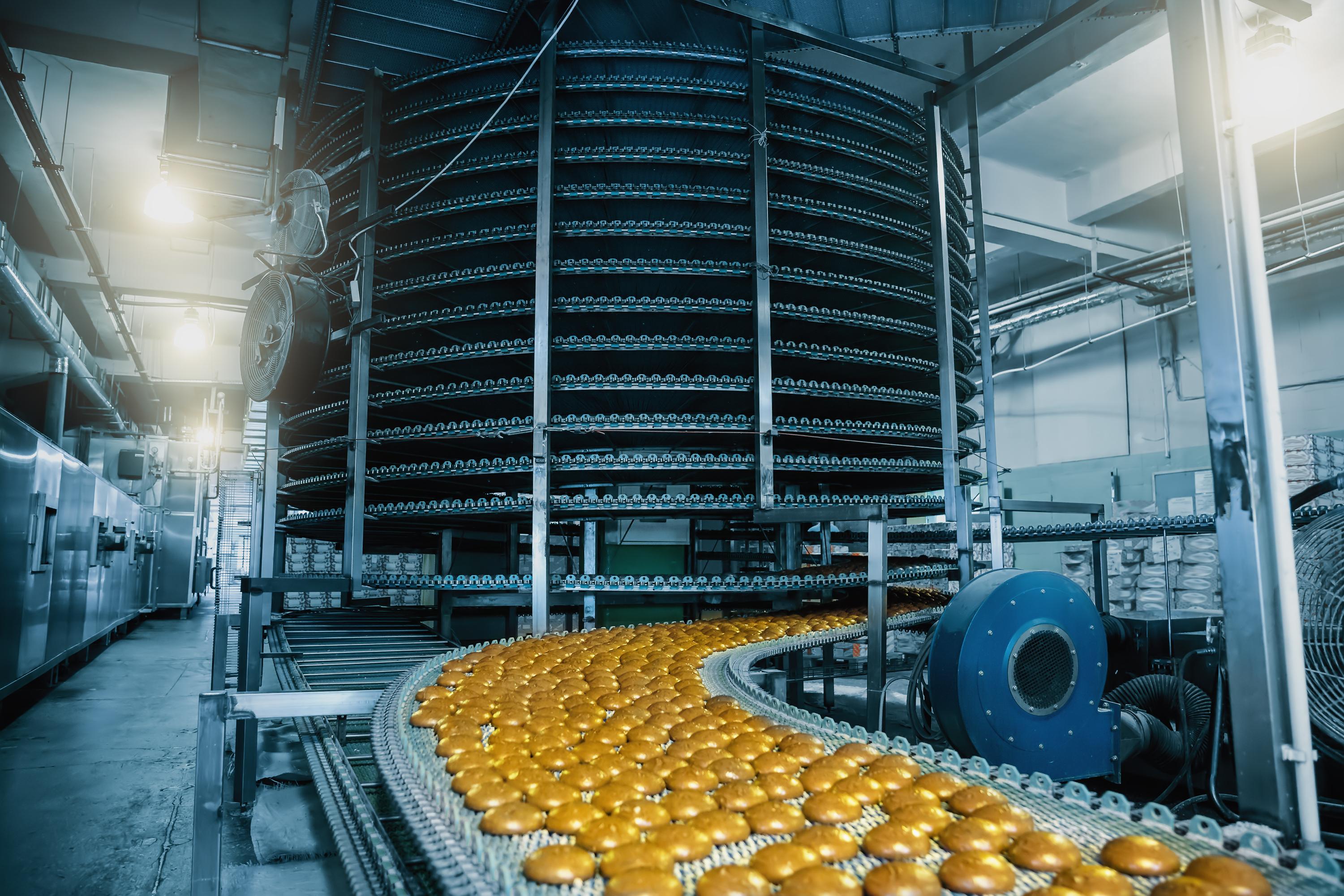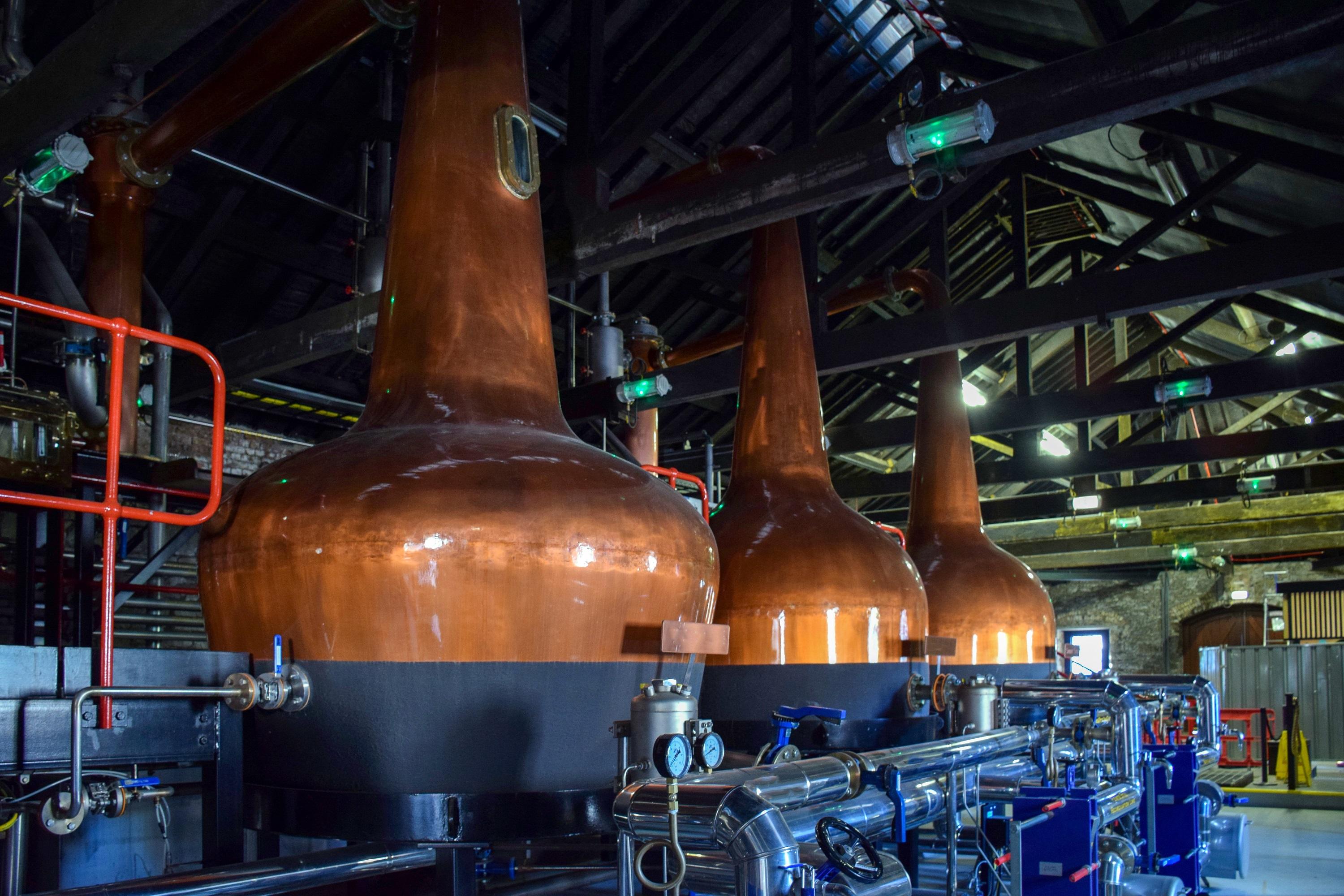Grain and cereal storage

Moreover, the large size of the warehouses and the mechanization of the processes such as the collection and handling of wheat and its derivatives have increased the danger of explosion of dust clouds that can occur in the presence of sparks or electrical arcs.
For instance, all the loading/unloading operations are carried out generally with mechanical means such as pipes, conveyor belts, augers, etc..., through loading inlets placed in the upper part of the silo tower. During such operations, dust is dispersed in air and, due to their low specific weight, wheat and cereal dusts may remain suspended in the air for long periods generating explosive atmospheres.
Therefore, all electrical and mechanical equipment must be designed and manufactured in accordance with the specific standards for explosion protection, to avoid any ignition.









